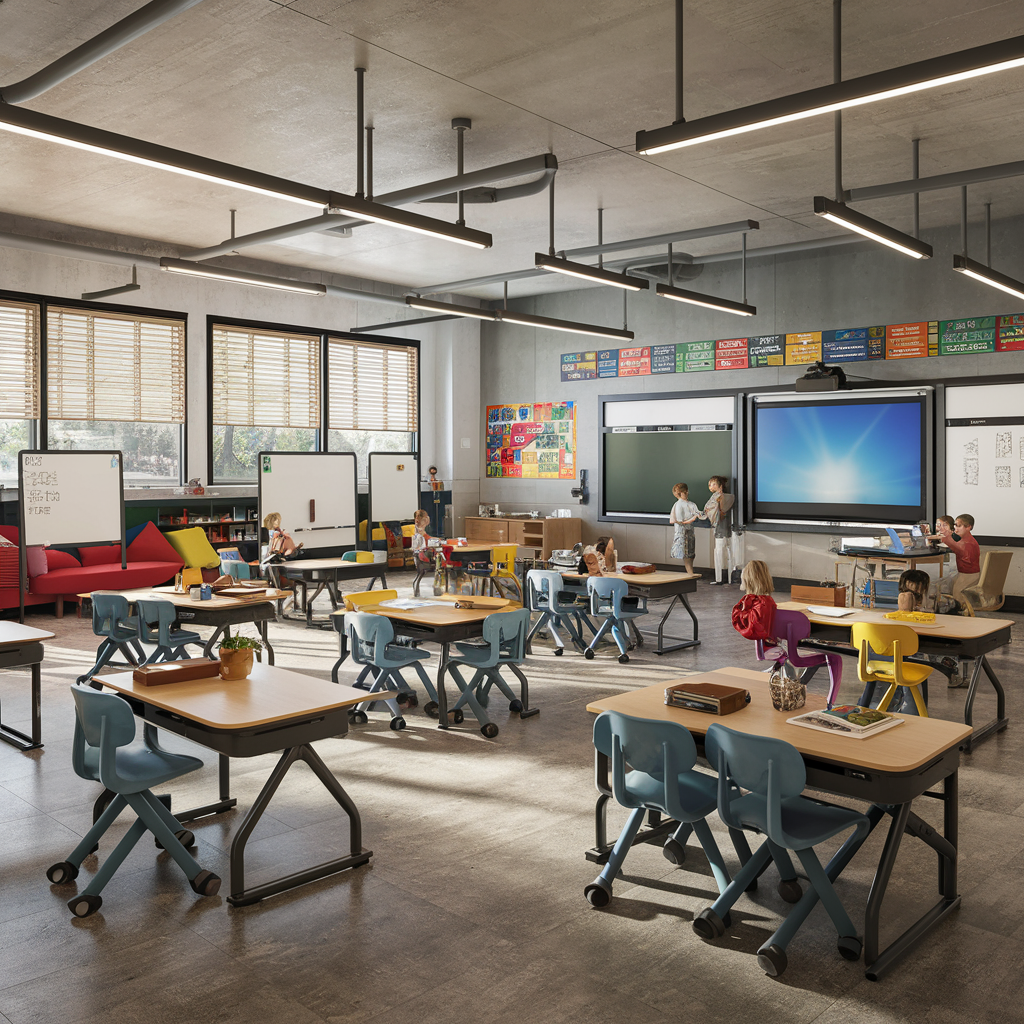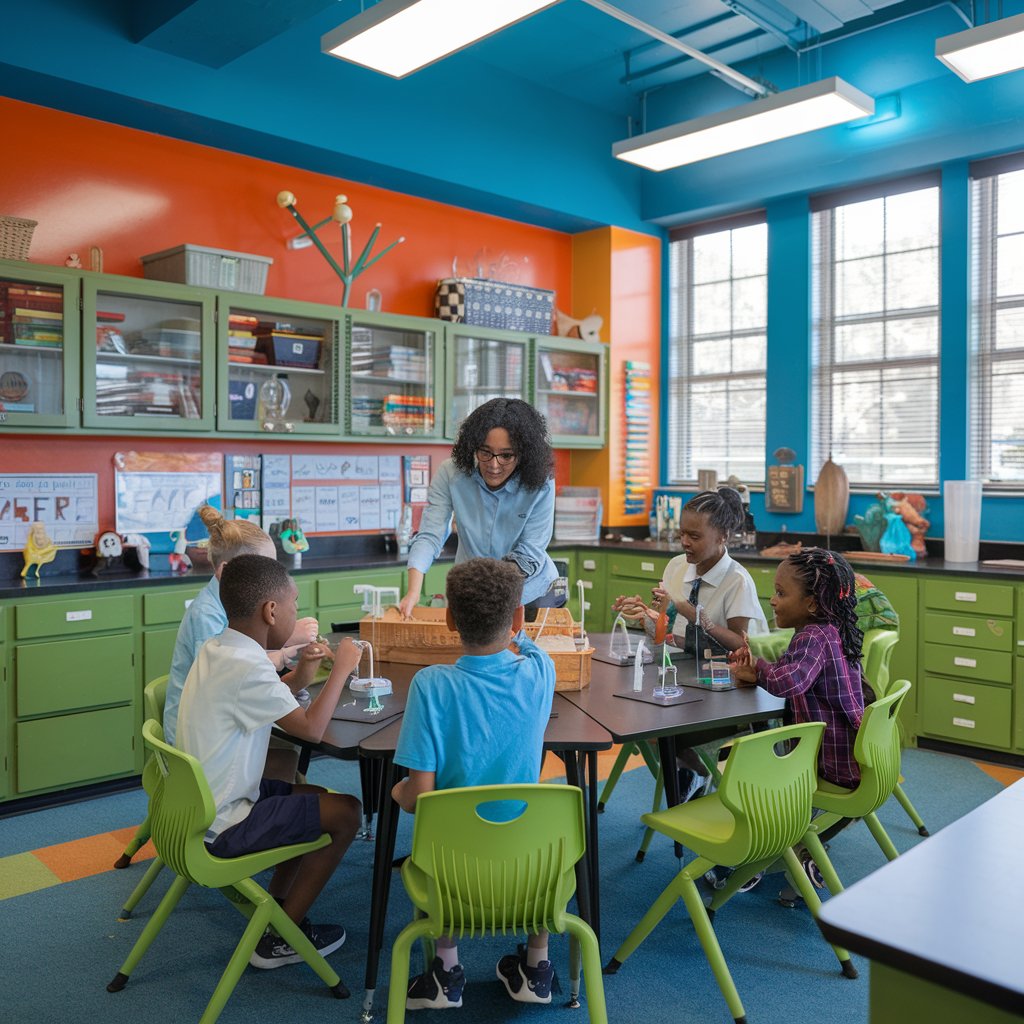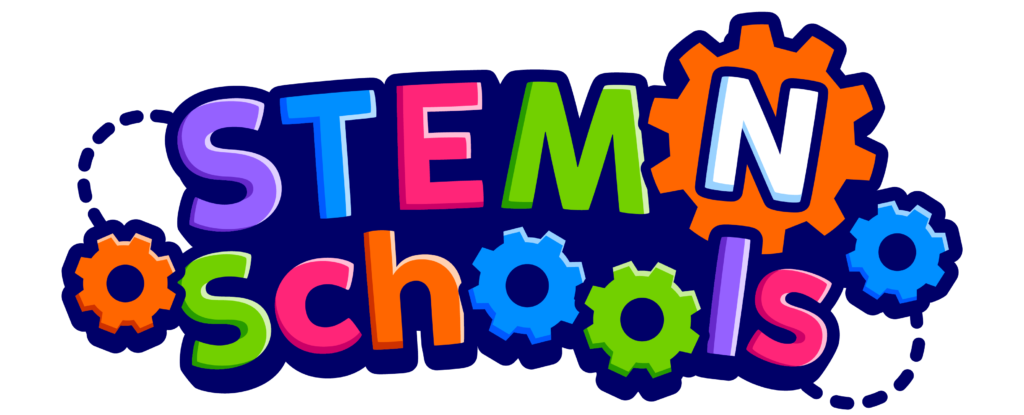Rebuilding the Future: Addressing Pandemic Learning Loss

The COVID-19 pandemic has cast a long shadow over education, leaving a significant impact on student learning. School closures, remote learning, and disrupted routines have led to significant learning loss, particularly among disadvantaged students.As we navigate the aftermath of this crisis, it’s crucial to understand the extent of the damage and explore strategies to help students catch up. The Devastating Impact of the Pandemic on Learning The pandemic forced a sudden shift to remote learning, which presented numerous challenges for both students and teachers. Many students struggled with the lack of in-person interaction, motivation, and access to adequate technology and internet connectivity. As a result, learning gaps widened, and academic progress slowed down. Recent studies have shown that students, especially those from low-income families, experienced significant learning loss in reading and math. The impact was particularly severe for younger students who were just beginning their formal education. Strategies to Help Students Catch Up To address the learning loss caused by the pandemic, a multifaceted approach is necessary. Several strategies have shown promise in helping students catch up and accelerate their learning: 1. High-Impact Tutoring Programs 2. Summer Learning Programs Summer learning programs can help students retain knowledge gained during the school year and prevent “summer slide.” Intensive summer programs that focus on core subjects like reading and math can be particularly effective in addressing learning loss. 3. Reduced Class Size Smaller class sizes allow teachers to provide more individualized attention to students, which can lead to significant improvements in academic outcomes. 4. Extended School Day (for Literacy Instruction) Extending the school day, particularly for literacy instruction, can provide students with additional time to practice reading and writing skills. 5. Targeted Interventions Targeted interventions, such as small group tutoring and supplemental instruction, can be effective in addressing specific learning needs. The Road to Recovery While the pandemic has presented significant challenges, it also offers an opportunity to reimagine education and implement innovative solutions. By combining these strategies and tailoring them to the specific needs of each student, we can help students recover from learning loss and build a stronger foundation for future success. It’s essential to prioritize equity and ensure that all students, regardless of their background, have access to high-quality educational opportunities. By working together, educators, policymakers, and communities can help students overcome the challenges of the pandemic and emerge stronger than ever.
The Art of Teaching: More Than Just a Job

Teaching is often hailed as a noble profession, but it’s more than just a job. It’s an art form that requires a unique blend of skills, knowledge, and passion. While pedagogical theories and standardized curricula provide a framework, the true essence of effective teaching lies in the individual’s ability to connect with students on a deeper level. Is Teaching a Skill or a Talent? The age-old question of whether teaching is a skill, or a talent persists. While some believe it’s an innate gift, others argue it’s a skill that can be learned and honed. The truth likely lies somewhere in the middle. A skilled teacher possesses a deep understanding of their subject matter, strong communication skills, and the ability to adapt to different learning styles. These skills can certainly be developed through formal education and ongoing professional development. However, a truly exceptional teacher often possesses innate qualities like empathy, patience, and a genuine desire to help others learn. The Power of a Caring Teacher A caring teacher is the cornerstone of every successful classroom. When students feel valued, understood, and supported, they are more likely to be engaged and motivated to learn. A caring teacher creates a positive and inclusive learning environment where students feel safe to take risks, make mistakes, and ask questions. This emotional connection fosters trust and respect, which are essential for effective learning. Beyond the Curriculum: The True Teacher While curriculum and standardized tests play a role in education, the true teacher goes beyond the prescribed content. They recognize that every student is unique and requires individualized attention. A true teacher is not bound by rigid lesson plans but is flexible enough to adapt to the needs of their students. They can inspire a love of learning, spark curiosity, and ignite a passion for knowledge in even the most reluctant learners. As Jacquelyn Thomas-Smith, founder and executive director of Kids In Technology, eloquently stated, “I can teach anybody, anything.” This powerful assertion highlights the transformative potential of effective teaching. By understanding the individual needs and learning styles of each student, a skilled teacher can unlock their potential and empower them to achieve their goals. Identifying a True Teacher So, how can we identify a true teacher? While qualifications and experience are important, it’s often the intangible qualities that truly set them apart. A true teacher is passionate about their subject matter and genuinely enjoys sharing their knowledge with others. They are patient, empathetic, and possess a strong sense of humor. They are also lifelong learners, constantly seeking new ways to improve their teaching practices. In conclusion, teaching is a complex and multifaceted profession that requires a unique blend of skills, knowledge, and passion. By understanding the art of teaching and recognizing the qualities of a true educator, we can strive to create a future where every student can reach their full potential.
